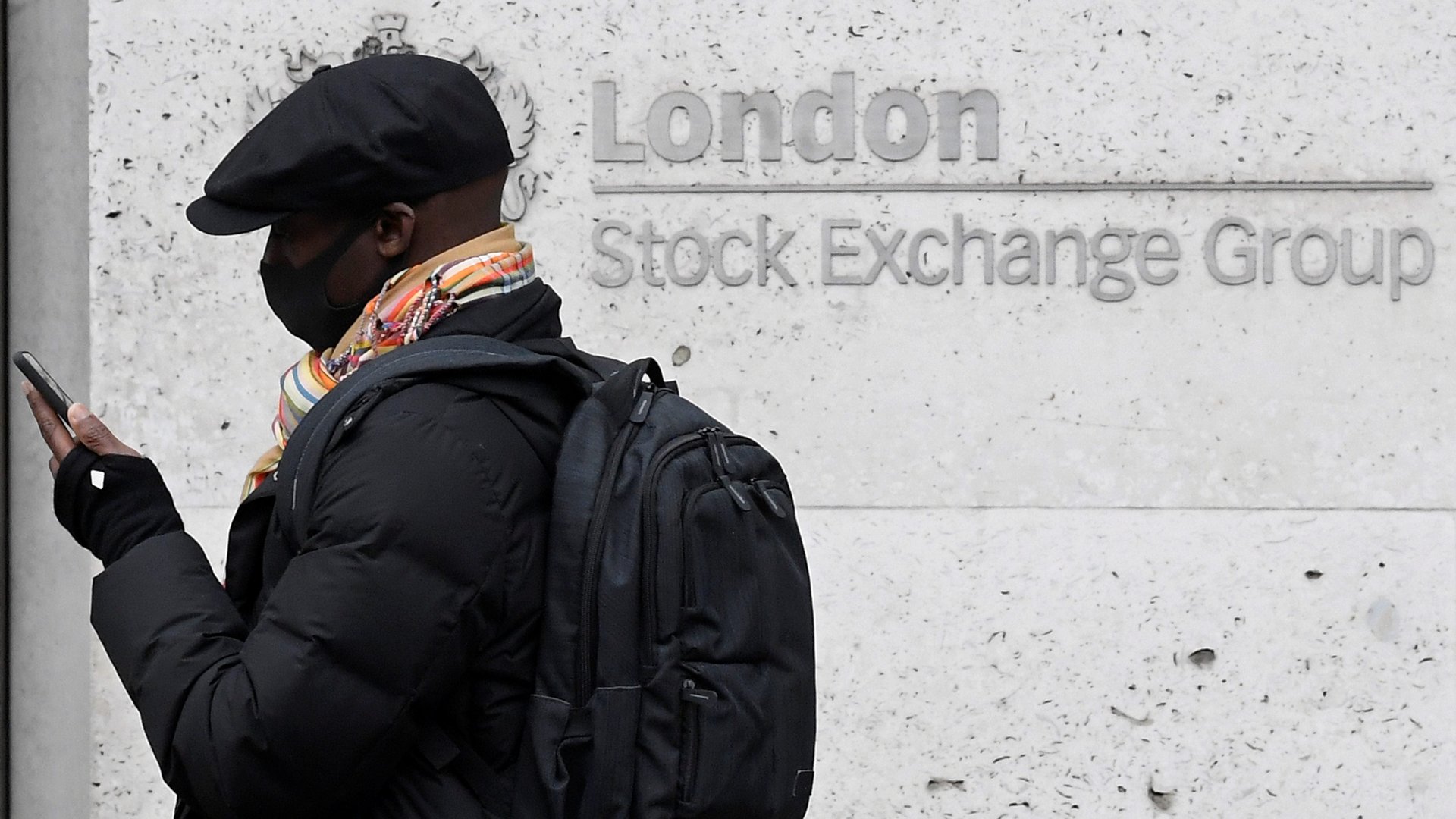The new wave of retail traders is younger, less white, and less male
As retail trading booms from Los Angeles to London, there are signs that the latest wave of investors is younger, includes more women, and has attracted more people who aren’t white.


As retail trading booms from Los Angeles to London, there are signs that the latest wave of investors is younger, includes more women, and has attracted more people who aren’t white.
“There is a new, emerging, distinct and more diverse audience getting involved in self-directed investing,” according to a report by consultancy BritainThinks in conjunction with the UK’s Financial Conduct Authority. This group of investors is younger, more gender-balanced, and more likely to be from a Black, Asian, or other minority background than in the past, according to their survey, which took place between Aug. 8 and Jan. 20. The new cohort is also more like to work in administrative or unskilled labor roles, or to be unemployed.
A poll in the US signals a similar phenomenon. Some 50% of Hispanic, 40% of Black, and 42% of student respondents said the GameStop saga had inspired them to get into retail trading, according to a Morning Consult poll from Jan. 29 and Feb. 1. About 25% of white people in the survey said the story of retail investors banding together to drive up shares of the video game retailer had motivated them to invest.
In Britain, the new investors are likely to use a slick, commission-free trading app, and they are twice as likely to use social media—like YouTube and TikTok—to get information about trading as the older cohorts. Again, a similar trend is playing out across the Atlantic: Nearly half of Gen Z and millennials in the US had used social media for investing in the past month, according to a MagnifyMoney survey in late January. YouTube was their top source of information about trading and investing.
Getting more people into investing could be a good thing. Long-term holdings of stocks can be an important wealth generator, and getting more of society involved in financial markets—in a responsible way—could help reduce the wealth gap, giving more people opportunities to save for a home, retire, or afford education.
But this can also backfire. Joshua White, assistant professor of finance at Vanderbilt University who has authored market analysis for the Securities and Exchange Commission, has researched the US penny stock market, which resembles meme stocks and crypto assets in that it can offer lottery-like returns but with higher risk of losing money. One of his concerns is that such risky trading could leave retail investors feeling burned and unwilling to put their money in the stock market again.
There are signs that this newer group of investors is at risk of substantial losses. In Britain, this cohort is jumping into riskier strategies—they are more likely to try out crowdfunding or to bet on crypto assets than the older crowd, according to BritainThinks. The research suggests the newer traders have an average appetite for risk, even though they were investing in things that have a higher chance of losses, and they may not have a substantial cushion of savings if they lose money.
These surveys are also a signal that regulators have work to do. The new wave of investors is an opportunity for a wider swath of society to benefit from the wealth that the stock market can generate. But financial education and disclosures about the risks involved have to keep pace with the burgeoning interest in investing.